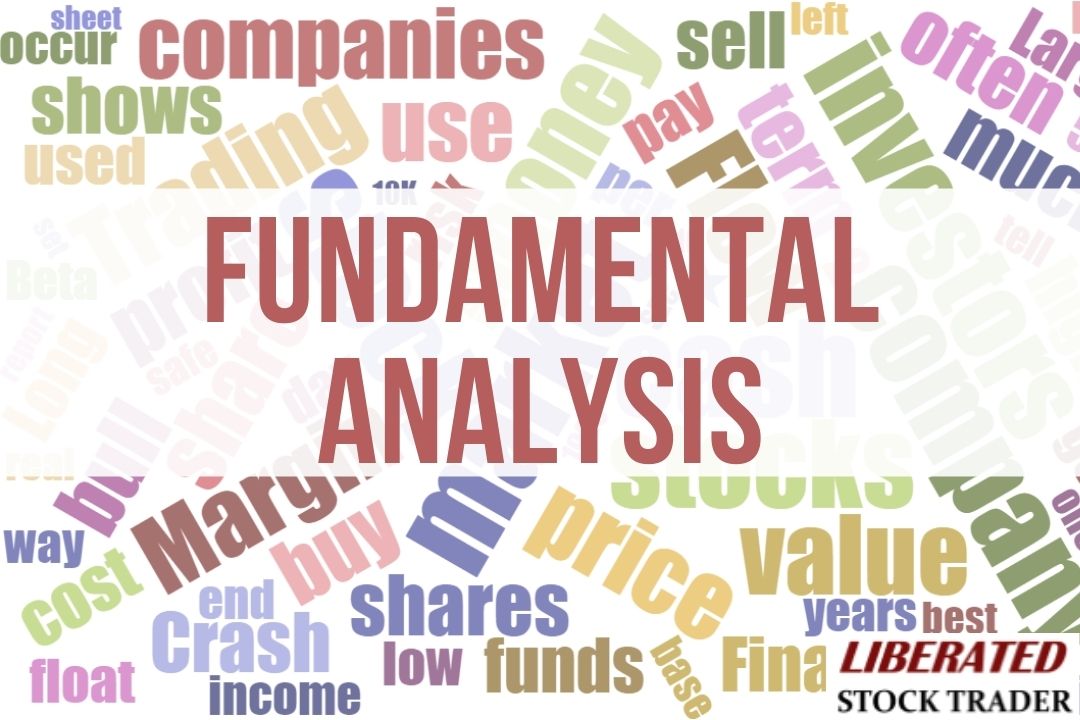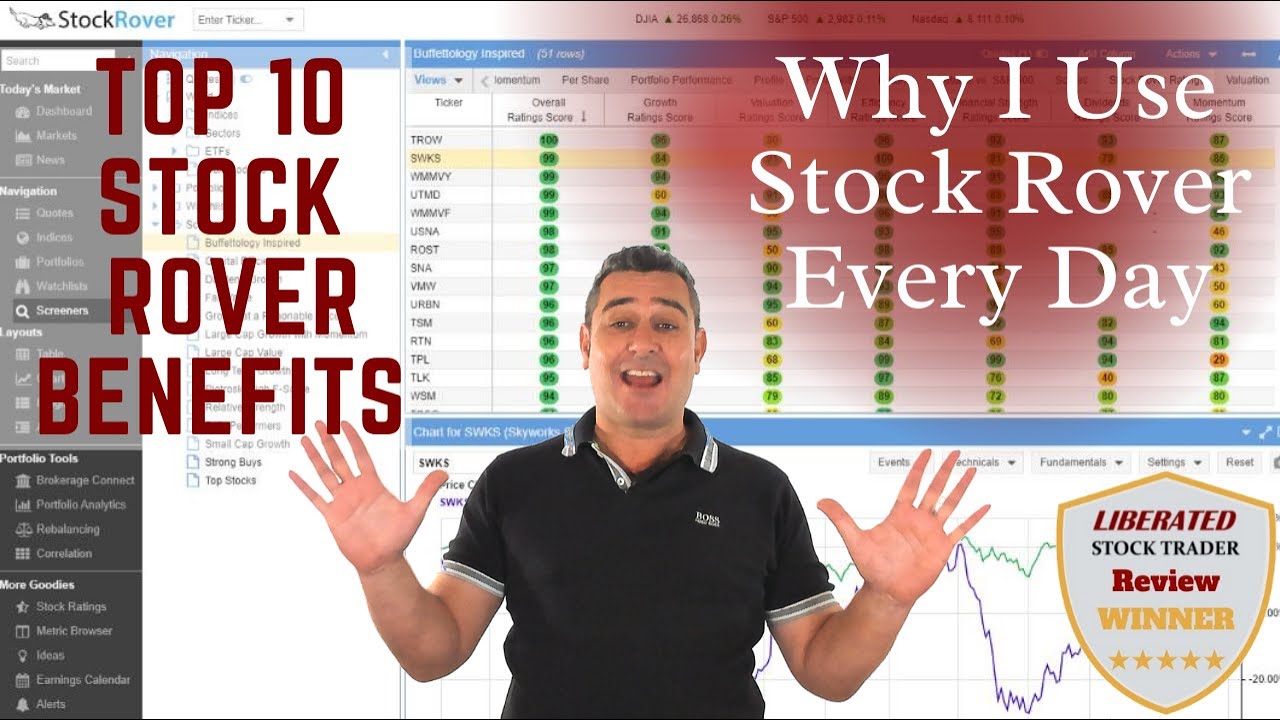Stock beta measures a stock’s volatility or risk compared to the overall market. A stock with a beta of 1 means that it moves in line with the market, while a beta higher than 1 indicates higher volatility and potential for greater returns or losses.
Investors often use beta as one factor in determining whether a stock is suitable for their portfolio. A lower beta may indicate a more stable investment, while a higher beta could mean taking on more risk.
To calculate Beta or (β), you need to divide the variance of an equity’s return by the covariance of a stock index’s return.
Beta can give you an estimate of a stock’s risk and some idea of market volatility. Ideally, it will tell you the difference between a stock’s risk and the risk of an entire index market.

How to Calculate Beta β
To calculate Beta, you must use the formula: Beta = Variance of an Equity’s Return / Covariance of the Stock Index’s Return. To put it another way, Beta compares the volatility of a stock (or a portfolio) to the volatility of a benchmark index like the S&P 500.
If a stock has a beta greater than 1, it is more volatile than the benchmark index. On the other hand, if a stock has a beta of less than 1, it is less volatile than its benchmark index.
Beta calculations require access to historical data on the stock and its corresponding index. This allows you to compare the covariance and variance in returns for those two assets over different timeframes. You can use manual or automated methods for calculating Beta, but automated methods are often easier and more accessible for most users.
The Easy Way to Calculate Beta
Using a stock screener with powerful financial analysis is the easiest way to calculate complex financial ratios like Beta. Stock Rover, our review-winning stock research and analysis screener, makes calculating Beta easy.
Stock Rover has the following Beta Calculation.
Beta 1-Year & Beta 3-Year
Measures risk by tracking how much a stock’s price moved relative to the market over the past year. A value of 1 means it moved with the market, 2 means it moved up and down with the market but twice as much, and a value of .5 means it moved up and down half as much as the market did.
Strategic Beta for Funds & ETFs
A value of 1 indicates that the fund tracks a benchmark but blurs the line between passive and active investing by using a different method than market-capitalization-weighting.
Investing In Stocks Can Be Complicated, Stock Rover Makes It Easy.
Stock Rover is our #1 rated stock investing tool for:
★ Growth Investing - With industry Leading Research Reports ★
★ Value Investing - Find Value Stocks Using Warren Buffett's Strategies ★
★ Income Investing - Harvest Safe Regular Dividends from Stocks ★

"I have been researching and investing in stocks for 20 years! I now manage all my stock investments using Stock Rover." Barry D. Moore - Founder: LiberatedStockTrader.com
Related Articles: Finding Great Stocks With Stock Rover
- 12 Legendary Strategies to Beat the Market That [Really] Work
- Our Beat the Market Screener [Actually] Beats the Market
- All Value Investing Strategies & Articles
- Use a CANSLIM Stock Screener Strategy To Beat the Market
6 Steps to Calculate the Beta of a Stock
Here is a straightforward formula for calculating the Beta Coefficient of a Stock:
- Obtain the stock’s historical share price data.
- Obtain historical values of a market index, e.g., S&P 500.
- Convert the share price values into daily return values using the following formula: return = (closing share price − opening share price)/opening share price.
- Convert historical stock market index values similarly.
- Align the share return data with the index return so there is a 1-on-1 correspondence between them. For share price return, there should be a corresponding index return.
- Using the SLOPE function in a financial calculator, find the slope between both arrays of data; the resultant figure is Beta.
Note: The slope is a measure of the rise-over-run of linear regression. This number can measure trends in the market.
The advantage of this method is you can perform it using basic online research and a financial calculator. Fortunately, there are plenty of free financial calculators online.
In addition, you can easily determine if you got the calculation right by comparing your results to those at popular finance websites like Yahoo! Finance.
The Formula for Calculating the Beta of a Stock
Beta β = Slope of Line of Best Fit (Covariance (x,y) / Variance (x))
Where:
- x is the market index return
- y is the stock’s return.
Accurate Beta values can help you make informed decisions when it comes to investing in a particular stock or the overall market.
There are other calculations for stock Beta
β =Variance of an Equity’s Return ÷ Covariance of Stock Market Return.
β = Correlation Coefficient × Standard Deviation of Stock Returns Between Market and Stock ÷ Standard Deviation of Market Returns.
Read on to learn more about using beta calculations to identify risk and volatility.
Why is Stock Beta Important To Market Analysts?
Stock Beta is important to market analysts because the Beta Coefficient measures risk and volatility. Beta gives analysts an estimate of the stock’s risk and market volatility.
Ideally, the Beta will tell you the difference between a stock’s risk and the risk of an entire market index.
For instance, a Beta of 1% means there is little risk from a stock. However, a Beta of 50% means there could be a one-in-two chance of losing your investment.
Thus, the Beta will give a rough estimate of the risk level of a stock or an index. Hence, the Beta is a limited tool because it only measures some risks associated with individual stocks or indexes. However, a rough estimate of risk is better than no risk estimate.
The beta coefficient is also the basis of some popular equity valuation methods, such as the capital asset model and the security market line.
What is the Beta Coefficient?
The Beta Coefficient measures systematic or general market risk. Analysts often use the mathematical symbol β to represent the Beta in calculations.
Systematic is the risk or volatility of equity in the entire market or index. For example, the volatility of Tesla (NASDAQ: TSLA) compared to the entire S&P 500.
However, the Beta is not a measure of stock-specific risks. To clarify, a stock-specific risk is a danger that arises from a company or its business. For example, car sales or lithium prices affect Tesla’s bottom line. Or the effect of news stories about an accounting scandal or lousy sales at a company.
Consequently, the Beta will not tell you the stock’s future price. Instead, the Beta Coefficient compares a stock’s risks to the entire market.
Classic Formulas for Calculating the Beta
One classic method for calculating the Beta Coefficient or β is dividing the market return’s variance by the covariance of the market return.
The classic formula for calculating the Beta Coefficient:
β =Variance of Market Return ÷ Covariance of Market Return with Stock Return.
Covariance measures the directional relationship between two numbers. In the Beta Coefficient, the two numbers are the market return and the stock return. You can learn how to calculate covariance here.
In portfolio management theory, the Variance of Return measures an individual stock’s risk. To explain, the variance of return includes all the non-market risk assets with the stock.
Another popular formula for calculating the Beta is:
β = Correlation Coefficient × Standard Deviation of Stock Returns Between Market and Stock ÷ Standard Deviation of Market Returns.
The Correlation Coefficient measures the degree to which variables move together. The disadvantage to both these formulas is that you must first calculate other formulas. This explains why many investors rely on the Beta on popular stock websites.
How to Find Beta Calculators and Spreadsheets
Moreover, many Excel spreadsheets have already been set up as online beta calculators. You can download one and enter the information for the stock and benchmark you use.
A big advantage of downloading a spreadsheet that calculates Beta is that some sheets use two formulas to determine Beta. Thus, you can compare different Betas.
An excellent source of financial spreadsheets is this New York University webpage.
Finally, you must practice becoming proficient at spreadsheet Beta Calculation. So download some spreadsheets and calculate Beta if you want to use this tool.
The Limits of the Beta Coefficient
In the final analysis, the Beta is only one of many stock analysis tools you can use.
Some analysts and investors never use Beta. On the other hand, many analysts swear by it. Hence, using Beta is a matter of choice.
The Beta is only an estimate of market risk that provides an incomplete picture of a stock’s risk. There are many risk factors the Beta cannot measure, including politics, regulatory actions, investor sentiment, legal actions, labor problems, accounting problems, corporate corruption, incompetent management, international tensions, and outside markets.
For instance, the Beta cannot measure retail sales or commodity prices, which affect many companies’ profits. Importantly, the Beta cannot predict the sudden investor panic that will launch market corrections and bull markets.
Consequently, Beta is just one of several market analysis tools you should use. Understanding that Beta only provides a small piece of the big stock picture will help you avoid becoming too dependent.
How Should You Use a Stock’s Beta in Your Investing
How you use the Beta Coefficient depends on what you plan to do with a stock.
If you want a long-term income or dividend stock, look for equity with a low Beta. Income investors seek shares with a low Beta because they are theoretically steady and reliable.
On the other hand, you should seek high betas if you are looking for stocks to shorten or bet against. Big-time investors like Steve Eisman make money by identifying lousy stocks and betting against them.
In the final analysis, Beta is an important equity evaluation tool. However, it is just one tool in your toolbox. Smart investors understand that Beta is just one tool and know its limitations.
